Team Antoni Explains
Misunderstandings are an all-too-common occurrence in our daily lives. We’ve all experienced the frustration and consequences that arise when our intentions are misconstrued. But why does this happen?
In this blog post, we will excavate the 5 reasons why people keep misunderstanding your intention and provide practical tips to address them effectively.
1. Lack of Clarity in Communication
One of the primary reasons for misunderstanding is a need for more clarity in our communication. When we use vague or ambiguous language, it opens the door for misinterpretation. To avoid this, striving for clear and concise communication is crucial.
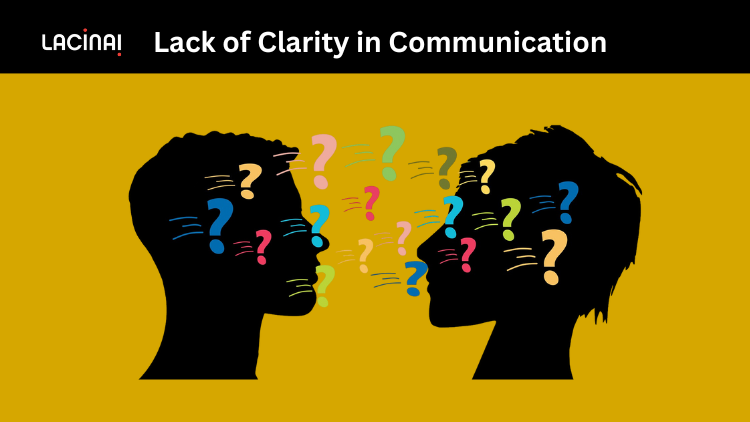
Be mindful of the words you choose and provide specific details to convey your message accurately. Avoid assuming that others can read your mind and instead express yourself explicitly. By doing so, you can reduce the likelihood of misunderstandings.
2. Assumptions and Biases
Assumptions and biases heavily influence how we perceive others’ intentions. Our preconceived notions about individuals or situations can color our interpretations and lead to misunderstandings. It’s essential to recognize and challenge these assumptions.
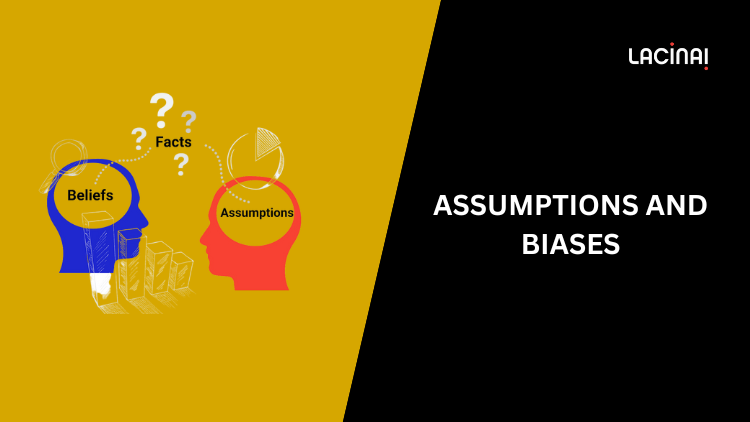
Cultivate an open mind and be willing to question your own biases. By consciously working to understand others without judgment, you can foster a more accurate understanding of their intentions.
3. Nonverbal Cues and Body Language
Communication extends beyond words. Nonverbal cues and body language play a significant role in understanding intentions. Facial expressions, gestures, and tone of voice can convey different meanings, sometimes contradicting the verbal message.
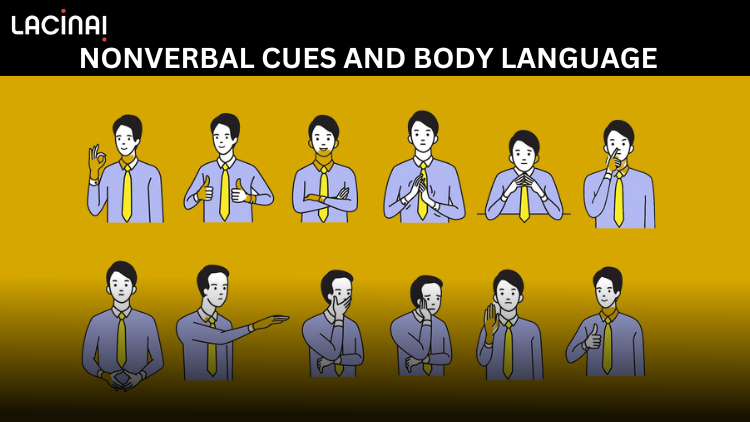
To avoid misunderstandings, it’s crucial to pay attention to these nonverbal cues and ensure they align with your intended message. Similarly, when trying to understand others, be attentive to their nonverbal signals, as they often provide valuable insights into their true intentions.
4. Context and Emotional Awareness
The context in which communication occurs extensively influences how intentions are perceived. The exact words or actions can have different meanings depending on the situation. To minimize misunderstandings, it’s essential to consider the broader context and be aware of the emotional dynamics at play.
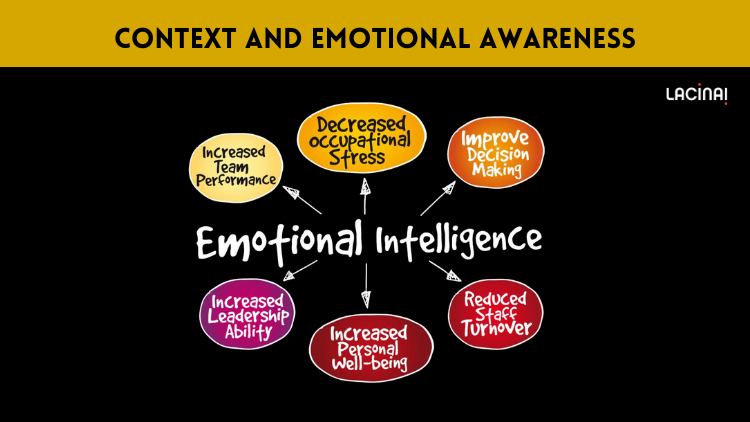
Developing emotional intelligence can help you better understand others’ intentions by considering their emotional state and the circumstances surrounding the interaction. This awareness enables you to respond appropriately and with greater understanding.
5. Lack of Active Listening and Empathy
Misunderstandings can also arise when we need to listen and empathize with others actively. Active listening involves hearing the words being spoken and understanding the underlying message and emotions.
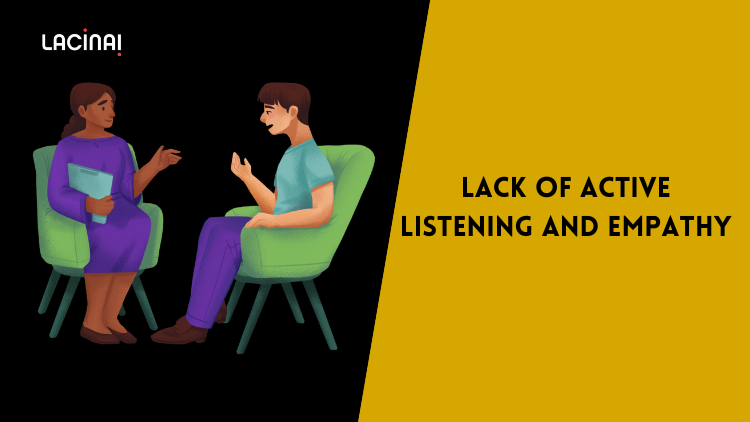
When we genuinely listen, we can accurately interpret others’ intentions and respond accordingly. Empathy, too, plays a crucial role in understanding preferences. We can minimize misunderstandings and build stronger connections by putting ourselves in others’ shoes and seeking to understand their perspectives.
Read More:
>>> Unlocking Success with the EDGE Method: Complete Guide
>>> What is the difference between hearing and listening?
Conclusion
Misunderstandings in communication can lead to frustration, damaged relationships, and missed opportunities. Addressing the five reasons discussed in this blog post can enhance your communication skills and minimize the likelihood of being misunderstood.
Remember to prioritize clarity, challenge assumptions and biases, pay attention to nonverbal cues, consider the context, and practice active listening and empathy. With these strategies, you’ll foster a deeper understanding of others’ intentions, resulting in more meaningful and effective communication.
FAQS
People often misinterpret intentions due to factors like non-verbal cues, different perspectives, and biases, which can lead to misunderstandings in communication.
To avoid misunderstandings, practice active listening, use clear language, consider the context, and seek feedback to ensure effective and clear communication.
Empathy plays a crucial role in preventing misunderstandings as it helps understand others’ perspectives and emotions, fostering clearer and more empathetic communication.
Yes, cultural differences, such as communication styles, norms, and values, can contribute to misinterpretations of intentions, highlighting the importance of cross-cultural understanding.
To address misunderstandings and conflicts effectively, practice active listening, express emotions constructively, seek mutual understanding, and find common ground for productive resolution.







